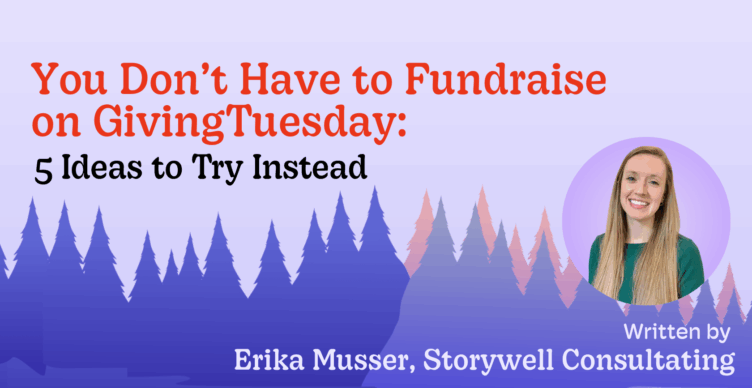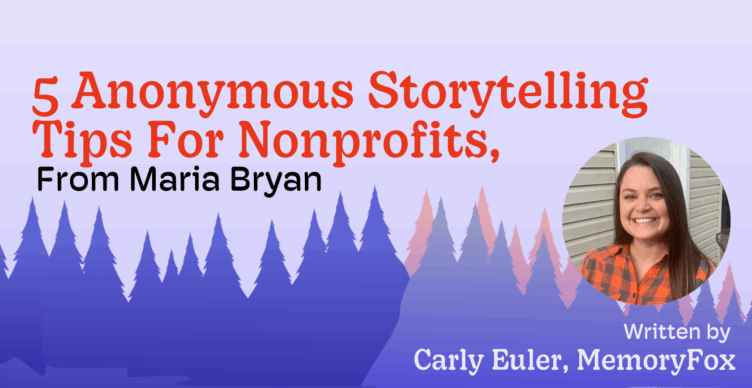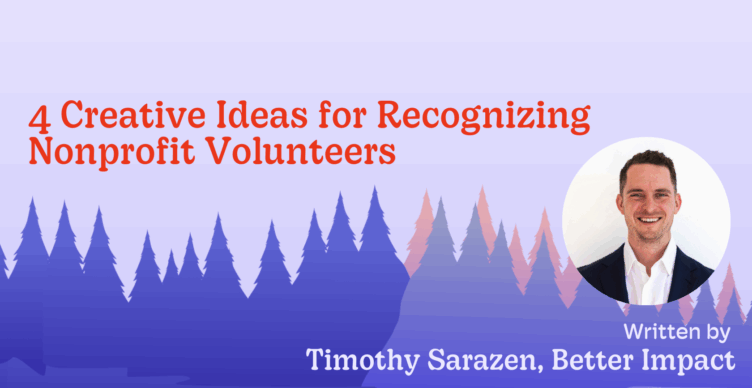Storytelling Strategy
The Power of “Yes, And” in Nonprofit Storytelling
Ten years ago, I stepped onto the stage to empower myself through learning the art of improvisation. Improv is the spontaneous creation of dialogue, action, and story without a script, often driven by collaboration and intuition. It is best known and made popular by shows like “Whose Line Is It Anyway” and the comedy powerhouse, Second City. Improv is not only an art form that launched the careers of some of our favorite comedians (Steve Carrell, Tina Fey, Amy Poehler, and Jason Sudakeis), it is a practice in self-discovery which embraces the collective voice over the individual.
The art of improvisation offers nonprofits an invaluable tool for enhancing their impact storytelling. It promotes collaboration, flexibility, emotional connection, creativity and community engagement. In an increasingly digital world, where virtual interactions often replace in-person connections, improvisation enables nonprofits to remain agile, responsive, and human-centered in their approach to storytelling. In this article, we’ll discuss how to craft stories that grow using the “Yes, And” approach.
5 Key Lessons From Improv That Apply to Nonprofit Storytelling
- Engaging in active listening promotes a sense of belonging amongst your community.
- Adapting to a changing narrative allows us to build a story which is led by your community and values their experience.
- Building together, brick by brick, frees us to uncover the untold stories.
- The power of agreement and support conveys appreciation for the vast array of voices in your community.
- Embrace the philosophy of “show, don’t tell”. In improv, we don’t have sets or props, and using your voice and body is essential to conveying the message of your story. To do this effectively, we must go beyond simply speaking our words and instead capture the emotion behind the message using video and photos to illuminate the feeling of the stories told.
While we begin the creative storytelling process with a story in mind, this is merely the first brick laid out in a collective process. Actively listening to the stories told by your valued community members will help you draw out the key themes and concepts. Each voice, when laid upon another, paints the picture of your community’s collective experience. Ultimately, this may create something more meaningful and impactful than you could have imagined.
This sense of collective engagement is essential when telling stories that accurately reflect the diverse experiences within a community.
Additionally, the vulnerability and honesty that come with improvisation foster true authenticity. This emotional connection is critical for nonprofits looking to inspire action, whether that’s through donations, volunteerism, or advocacy. You can script, rehearse, erase, and re-record when using a story collection tool like MemoryFox, but the on-the-spot nature of improvised storytelling makes way for the authentic voice to shine, unfiltered and unencumbered by the editor brain inside of us all.
By leveraging improvisation, nonprofits can create more dynamic, impactful, and authentic narratives that not only inspire action but also build deeper relationships with their audiences. In this way, improvisation becomes not just a tool for storytelling but a powerful mechanism for creating lasting social change.
Improv Games That Inspire Great Story Collection
An improv game is a short, unscripted activity where participants create scenes, characters, or dialogue on the spot, often guided by a specific set of rules or prompts. In storytelling, games like these can encourage spontaneity, creativity, and collaboration.
Word Association Games
A simple and frequently used improv warm-up exercise is word association. Simply record a 10 second video of yourself, thanking your community for providing submissions, and then ask them to answer the following prompt. Once you have collected your submissions, share this video on social media, via text or email threads, by compiling them all together in one composite video of the game in action. Start with your recorded video prompt, then stitch all the responses together.
“Let’s play gratitude association. When I say [Gratitude], what or who do you think of immediately?” Example Responses:
- Donors
- My family
- My dog/best friend
- Program participants
“If I say [insert your org name here], what is the first thing you think of?” Example responses:
- The people who believe in us to support them on their life’s journey
- My team of amazing, supportive colleagues who bring their heart to the work we do – every day.
- Safety and shelter
- Compassion and independence
“Yes, Let’s”
Another game we often play is called “Yes, Let’s.” Here’s an example of how this might sound as a visual storytelling game:
At [insert org name here] we believe in creating a more sustainable future for our community. Respond to the following prompt, saying, “Yes, let’s create a more sustainable future by ___” and finish the prompt in your own words.
These are just two simple ideas to incorporate gamification into your campaign calls to action. Let the power of “Yes, And” energize your storytelling strategy with impact stories that are truly from the heart!

About the Author
Liz Marcucci
Customer Success Specialist, MemoryFox
With a diverse background spanning the Performing Arts, Special Education, and over 10 years in various nonprofit roles—ranging from volunteer management to operations, donor relations, and grant reporting—Liz has gained a deep understanding of the unique contributions and impact of every voice within an organization. Her mission at MemoryFox is to celebrate you and your work, truly believing that every voice matters, especially yours. Liz looks forward to supporting your storytelling journey and can’t wait to “Yes, And” your wonderful ideas. Connect with her!




